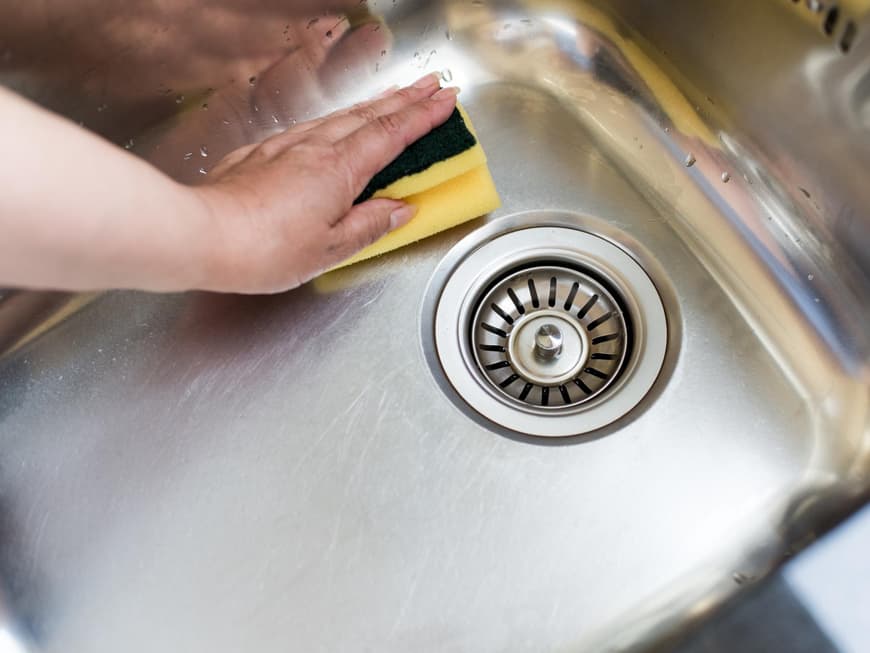
Beware of these germ spinners
More than half of German households are actually home to dangerous bacteria! But they're not in the toilet, where you might expect them to be, they're actually in the kitchen - where you probably spend a lot more time than on the toilet!
Diseases are transmitted via droplet infection - so far, so true. However, diseases are transmitted much more frequently through contact with hands. This is via infected door handles, surfaces or all objects that are not cleaned regularly. Germs can settle here and then spread to the next person who touches them. It is therefore essential that you wash your hands regularly, especially if you have visited one of these places or touched one of the objects we show you in the video.
These eight places are the dirtiest in your home
8. cutting boards
Bacteria collect especially in the notches of wooden boards. Tip: Rinse boards under hot water and use a different one for vegetables than for fish and meat.
7. worktops
Crumbs and leftover food from chopping end up on worktops in the kitchen and everything is left there. No wonder germs feel at home here. Tip: Wipe down at least once a day with hot water and a little washing-up liquid.
6. door handles
We touch door handles several times a day - even before hand washing. Tip: Clean regularly with a damp cloth.
5. coffee machine
There are a lot of germs in the water tank of our coffee machine. Tip: Clean and descale the tank from time to time.
4. toilet flush
After using the toilet, you flush the toilet with unwashed hands. Tip: Wipe regularly with a hot cloth.
3. toothbrush cup
We put our toothbrushes in it and water drips into the toothbrush cup. Tip: To prevent bacteria from forming, the mug should be cleaned regularly in the dishwasher.
2. sink
Leftover food collects in the kitchen sink and dirty dishes occasionally pile up here. Tip: Clean the sink regularly and use disinfectant spray from time to time.
1. sink sponge
Germs multiply on the kitchen sponge all by themselves thanks to the warm and humid climate. Tip: Always rinse the sponge well and replace it every two weeks.
